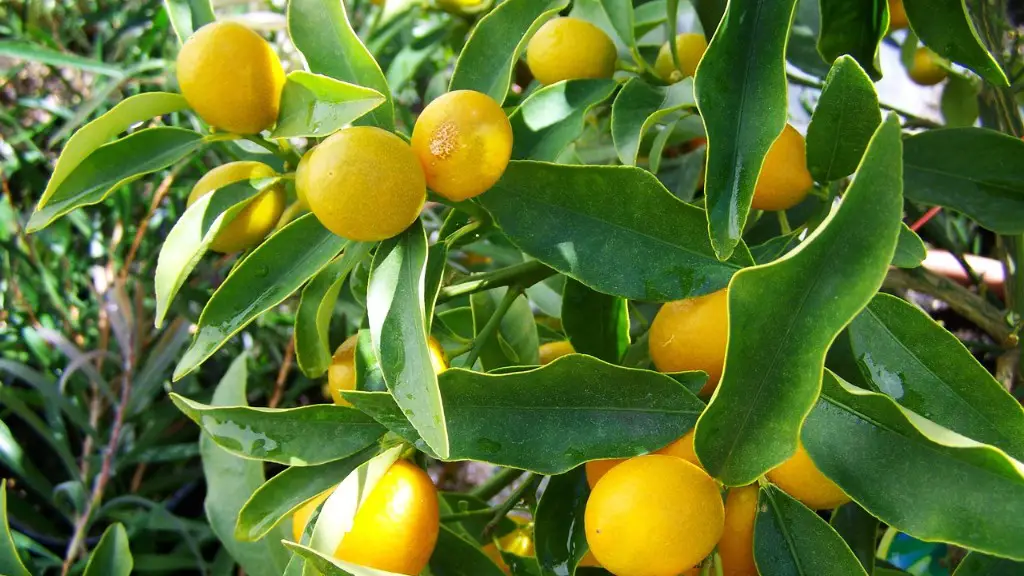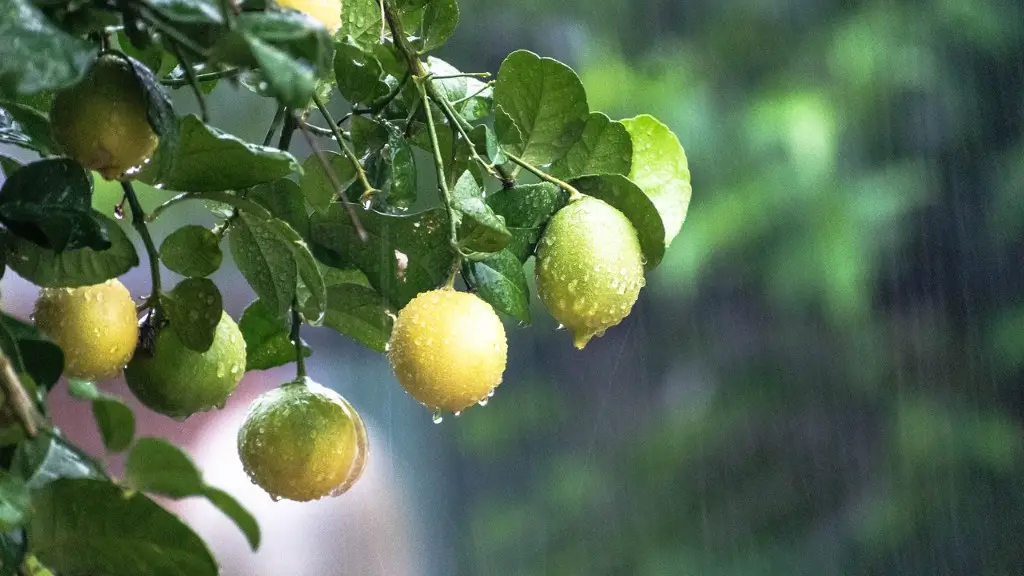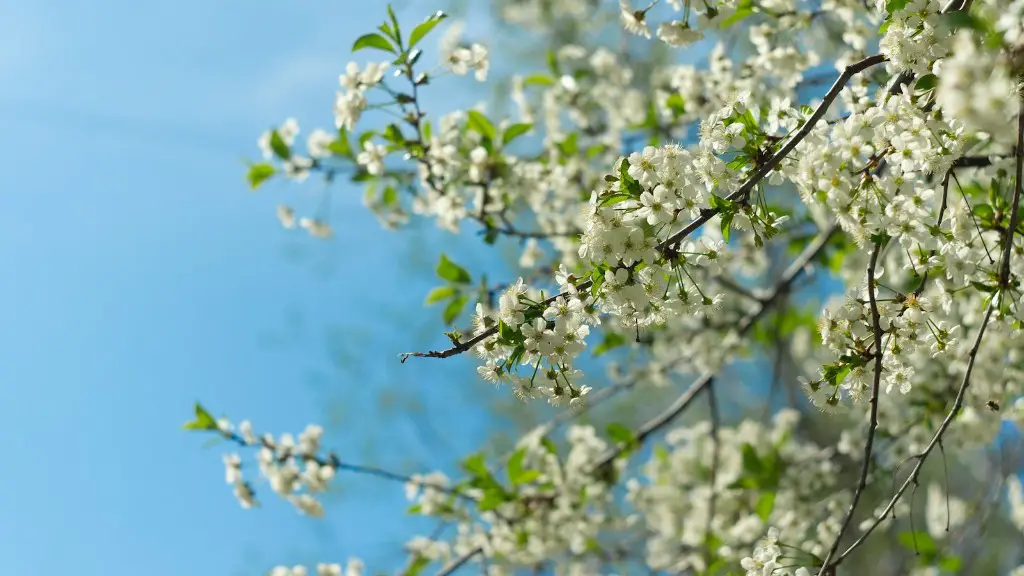Growing a bonsai lemon tree is no easy feat, but with proper care and attention, it’s well worth the effort! To get started, you’ll need to select a specimen tree. Choose a type that is suited to your climate and also has good drainage properties since excessive moisture will affect the health of the tree. Once you’ve found a suitable tree, you’ll need to prune it so it will stay small. Pruning involves removing dead or diseased branches, and also trimming existing stems to the desired length. Supplementing your tree with the right soil, fertilizer and water is also important. It’s best to use an organic soil mix instead of a pre-made rooting mix, and to ensure proper drainage of excess water. To fertilize, use a slow-release lemon tree fertilizer, which should be applied four to six times a year. Finally, for water, you’ll want to keep your lemon tree slightly moist by watering regularly with a spray bottle.
Training
In order to achieve a bonsai shape, you’ll need to use wiring and trimming techniques. Wiring involves gently winding copper or aluminum wires around the tree’s branches to manipulate the desired shape. For trimming, you’ll need to remove large buds, uni-directional branches and shoots to maintain the desired bonsai look. Additionally, to encourage strong branching, cut back the long shoots and select one or two growing points per branch. It’s also very important to remember that bonsai requires regular shaping, so don’t be afraid to shape as necessary and monitor your tree’s progress over time.
Containers and Repotting
After selecting and wiring your bonsai tree, you’ll need to choose a fitting container for it. Select a container that allows for proper drainage and also complements the size and shape of your bonsai. It should also provide enough space for the roots so the tree can thrive and develop further. To help ensure healthy plant growth, the tree should be repotted every two to three years or when the roots reach the sides of the pot. During this repotting process, some of the root ball should be trimmed and new soil should be added.
Care Tips
When caring for a bonsai lemon tree, make sure it’s protected from extreme weather conditions. Cold temperatures can kill the bonsai, so protect the roots with a potsetter if necessary, and bring it inside after the first frost. To prevent loss of moisture, it’s important to move your tree inside, away from the sun during hot summer days. Other general tips include feeding the tree the right fertilizer, taking the tree outside every week to get adequate sunlight and spraying the tree with insecticide regularly.
Harvesting and Propagation
When it comes to harvesting lemon fruits, you’ll need to wait until the fruits are ripe before picking them. You may also want to consider investing in a manual citrus harvester to make the job easier. If you have multiple trees, it’s possible to propagate the bonsai lemon tree using the seeds or cuttings. To propagate using cuttings, trim a healthy stem below a node, dip it in rooting hormone, and place it in well-draining soil. Be sure to water the soil and place it in a shady area so it can develop properly.
Reproduction
Reproduction of bonsai lemon trees is possible by grafting, layering, and seed propagation. Grafting involves splicing a bud from an existing plant onto another. Layering is done by relating a stem to the ground surface and partially burying it, leaving the tip exposed. Finally, for seed propagation, the process involves harvesting ripened fruits and scooping out the seeds. These seeds can then be planted in trays or pots filled with well-moistened potting soil. All methods are likely to work, but they can take weeks or months to bear fruit.
Winter Care
When temperatures start to get cold, it’s time to adjust the bonsai lemon tree’s care routine. You’ll need to move it a place where the temp is milder and reduce watering to prevent root damage. To protect your tree during cold nights, you may also want to cover it with a light blanket or burlap sack. Additionally, misting leaves several times a day can also help keep moisture levels up. It’s also important to inspect your lemon tree for pests and diseases, and take corrective action if necessary.
Pruning
In order to properly maintain growth and shape, bonsai lemon trees should be pruned regularly. It’s important to prune only healthy shoots, and not to prune too severely at once. Ideally, pruning should only be done when necessary and should be accompanied by appropriate wiring and trimming techniques. Pruning should be done with special bonsai clippers or scissors and should be done carefully, keeping in mind the overall shape of the tree.


